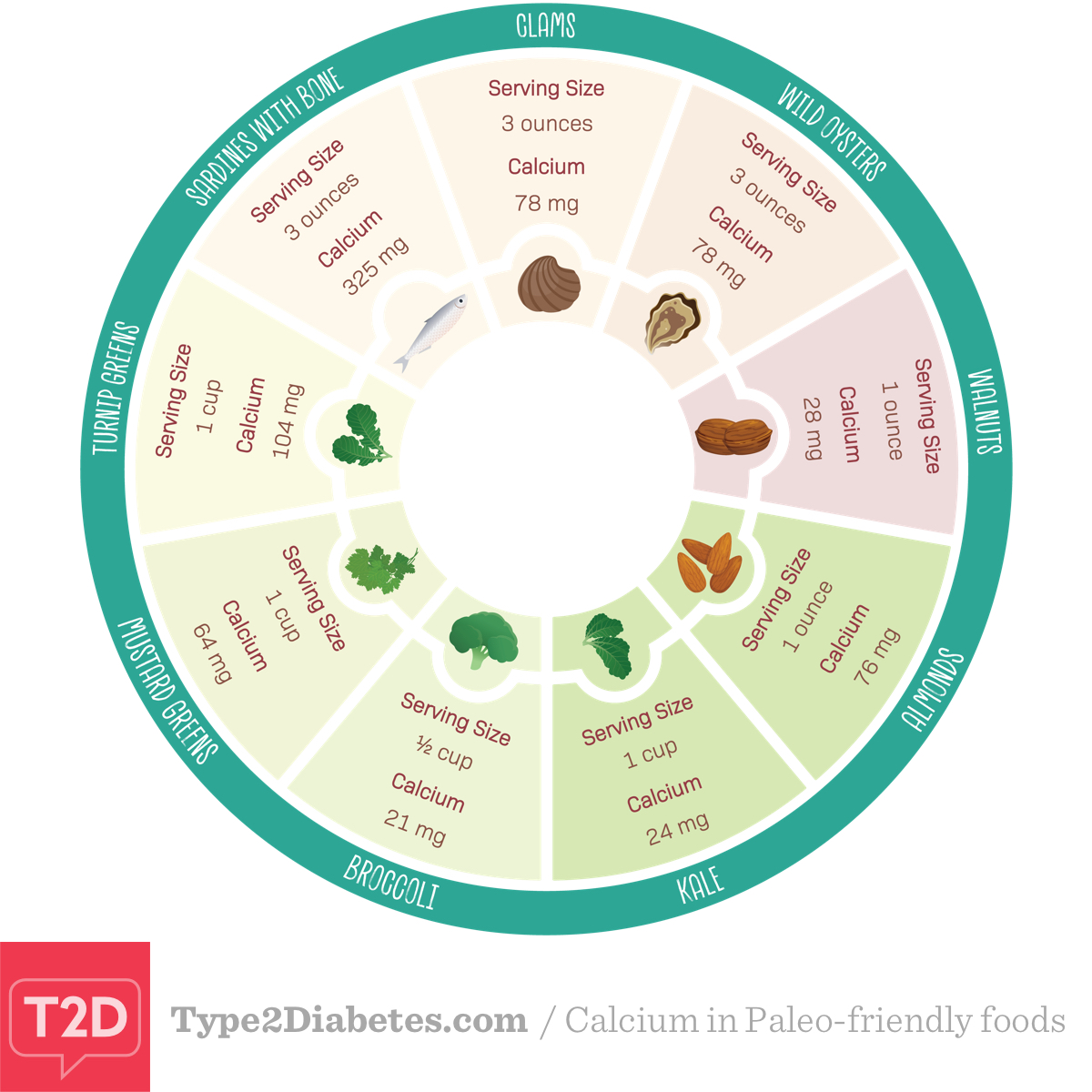Before You Start the Paleo Diet, Read This
You’ve heard about the Paleo diet, and maybe even you know people who have had success with the plan, so what’s the harm in trying it for yourself? For starters, the Paleo diet, which is based on the idea that we should eat like our Paleolithic ancestors, is highly restrictive. For this reason, it takes careful planning to ensure that the diet is balanced and provides all the essential nutrients we need to stay healthy.
Challenges of the Paleo diet with diabetes
A focus on animal protein
The Paleo diet is heavy in the animal protein department. This style of eating promotes the consumption of high-quality meats from free-range animals that eat a natural diet of grass. These animals are often leaner than those raised in concentrated animal feeding operations (CAFOs) and their meat is both lower in saturated fat and higher in omega-3 fats such as EPA and DHA. Paleo proponents emphasize choosing free-range, grass-fed meats to help lower the number of saturated fats, however, the saturated fat in most red meat will always be higher than that of white meat options like chicken or turkey.
Difficulties finding foods with calcium
Since the Paleo way of eating eliminates dairy and legumes, those adhering to the diet will likely have a lower intake of calcium, fiber, and other nutrients found in abundance in these food groups. While it is entirely possible to find these nutrients from Paleo-approved sources, it certainly adds a challenge. In fact, those following this eating pattern often don’t get enough calcium, as it’s mainly found in dairy items like milk and yogurt, that are eliminated from the diet.
The importance of calcium in diets
Calcium is an important nutrient for bone health as well as for proper nerve and heart function. Dairy products, including Greek yogurt, milk, and cheese, are also good sources of protein. Those following the diet must get calcium from vegetables like broccoli or from nuts such as almonds. To help Paleo eaters get enough calcium, below is a list of calcium-rich, Paleo-approved foods.
Reduced fiber intake
The exclusion of legumes in the Paleo diet can also be problematic as it disqualifies a great source of fiber from the diet. Without healthy legumes like black, kidney, or white beans, lentils, soybeans, tofu, and many more, fiber intake is greatly reduced compared to the diet of those who do eat these foods. A high fiber diet (20-30g/day) can lower cholesterol as well as improve type 2 diabetes.3,4 In addition, upping your fiber intake is linked to improvements in blood sugar control and blood lipids for people with type 2 diabetes.3 While those following the Paleo way of eating may not get their fiber from this source, it is expected that their higher intake of fruits and vegetables will help them reach the daily recommendation.
Planning to start with diabetes
While the Paleo diet does appear to provide some impressive benefits, it also has some serious challenges, both financially and nutritionally, that need to be addressed before deciding to adhere to it. Although this eating plan emphasizes fresh fruits and vegetables, its priority is not weight loss. In fact, meats and nuts can actually be calorically dense and therefore lead to weight gain, if eaten in large quantities.
A better recommendation may be to embrace certain parts of the diet while being more selective about others. For example, choosing mostly fresh ingredients, like those that could have been grown by our ancestors, can certainly lead to an increased intake of nutrient-rich produce. In addition, while getting enough protein is important for everyone, prioritizing lean meats such as chicken, turkey, or eggs as opposed to red meats that are higher in saturated fats, may prove to be a wiser choice. Whole grains, as well as legumes, can be important sources of fiber and protein. Furthermore, eating whole grains and legumes has also been shown to decrease cholesterol, making them welcome additions to an overall healthful dietary pattern, despite Paleo’s avoidance of them.
Lastly, including low-fat or fat-free dairy in the diet ensures you will get enough of essential vitamins and minerals while also contributing additional protein to the diet. So, the Paleo diet can definitely be health-promoting when done correctly and carefully planned out.
Calcium in diet-friendly foods
Recommended Dietary Allowance for calcium is 1,000 mg/day for adults 19-50 years of age.1
*All of the above values were obtained from the USDA National Nutrient Database2

Join the conversation